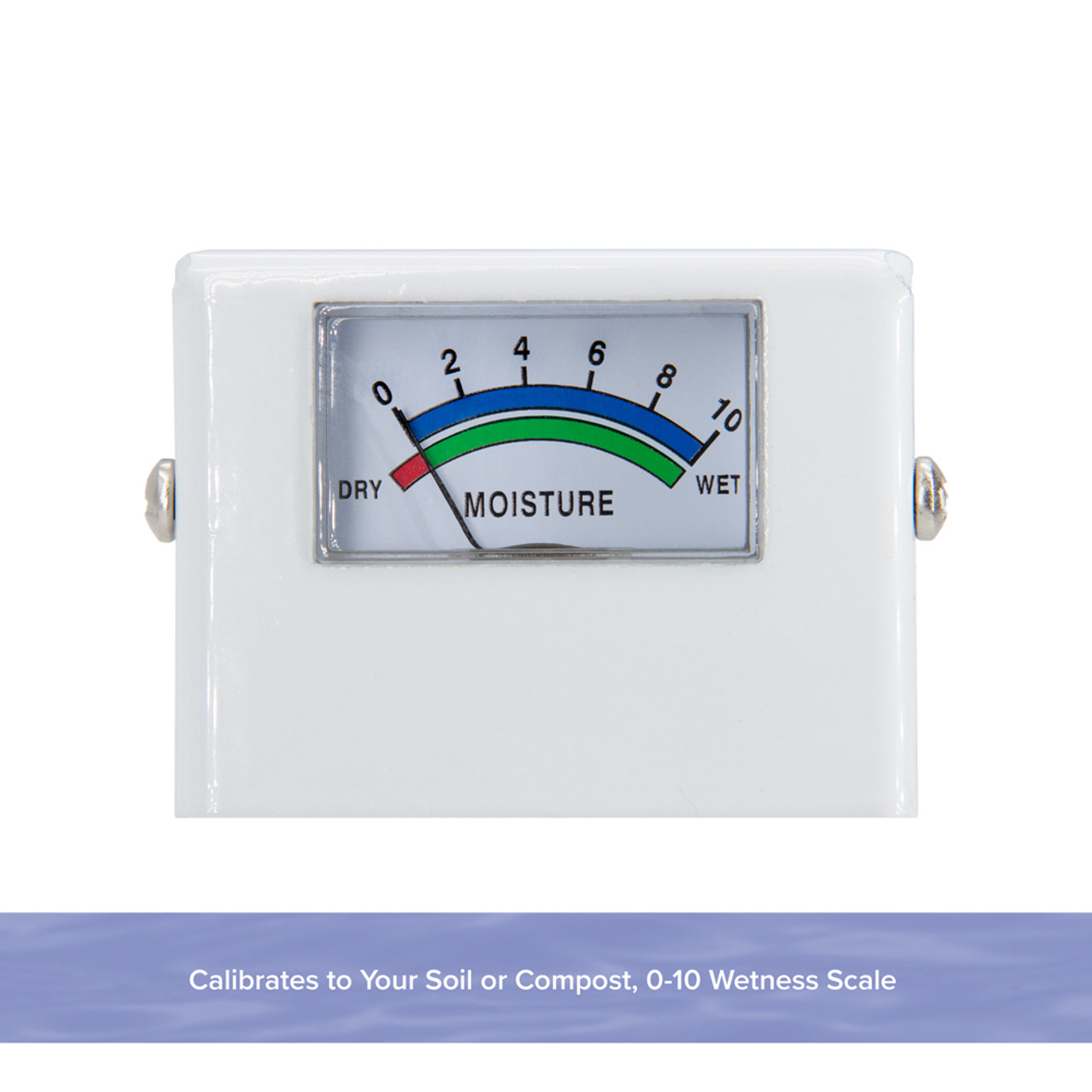Look Into the Globe of Moisture Meters: Whatever You Need to Know
In the world of wetness meters exists a globe of accuracy and functionality that usually goes undetected. Comprehending just how moisture meters run, the different types readily available, and their diverse usages can lose light on their importance in ensuring top quality and effectiveness.
Exactly How Moisture Meters Work
Moisture meters operate by measuring the electric conductivity or capacitance of products to determine the wetness content present. These meters are important devices throughout various markets, including farming, construction, and woodworking. By making use of various methods such as pinless or pin-type modern technology, wetness meters offer accurate analyses that assist specialists make educated choices.
Pin-type wetness meters work by placing the sharp pins right into the material being checked. On the various other hand, pinless dampness meters utilize electromagnetic signals to check a bigger area without creating any damage to the product's surface.
Despite the technique used, wetness meters play a vital duty in stopping issues such as mold and mildew growth, structural damages, or item problems triggered by excess wetness. Comprehending exactly how these meters job is vital for ensuring the top quality and integrity of materials in various applications.
Sorts Of Moisture Meters
Given the essential duty wetness meters play in numerous markets, it is important to understand the different types offered to experts for accurately assessing dampness levels - Moisture Meter. There are largely two primary kinds of dampness meters: pinless and pin-type moisture meters

On the other hand, pinless moisture meters use electro-magnetic sensor plates to scan a larger location of the material without causing any kind of damage. This kind appropriates for swiftly scanning big areas and is generally made use of for flooring, walls, and ceilings. Pinless meters are hassle-free for taking analyses on finished surface areas without leaving any type of visible marks.
Both sorts of wetness meters have their benefits and are selected based on the specific requirements of the task at hand. Comprehending the differences between these types is vital for experts to make accurate moisture analyses.
Applications Across Industries
Building professionals depend on wetness meters to assess the dampness levels in structure materials like drywall, timber, and concrete, which is essential for preserving structural honesty and protecting against concerns like rot or mold. The floor covering market uses moisture meters to determine the dampness web content in subfloors prior to mounting various floor treatments, protecting against costly problems due to excess wetness. In the food industry, moisture meters are made use of to keep track of and regulate moisture degrees in products such as grains, nuts, and dried fruits to keep quality and top quality.
Tips for Using Wetness Meters
Utilize the wetness meter's calibration settings to guarantee accurate readings when gauging the wetness web content in numerous products. Furthermore, make certain the meter is established to the proper moisture array for the product you are gauging to get the most accurate outcomes.
When making use of a pin-type moisture meter, insert the pins to the suitable depth advised for the material being tested. This makes certain that the moisture analyses are taken from the correct deepness within the material, offering an extra precise depiction of its moisture content. For pinless dampness go to website meters, bear in mind to preserve proper contact with the material's surface area to get trustworthy analyses.
Routinely examine and replace the batteries in your moisture meter to stop incorrect readings due to low power. Store the meter in a completely dry and secure place when not being used to lengthen its lifespan and maintain its accuracy. By following these tips, you have a peek at this website can make the most of the efficiency of your wetness meter and acquire specific wetness material dimensions across different materials.
Maintenance and Calibration
To make sure the precision of dampness material dimensions, regular upkeep and calibration of the dampness meter are vital steps in its correct functioning. Maintenance entails maintaining the dampness meter clean and complimentary from particles that could impact its analyses. It is essential to comply with the producer's standards for cleaning up to avoid damage to the tool. Furthermore, normal calibration is necessary to validate the precision of the readings. Calibration adjusts the dampness meter to make certain that it provides trustworthy and constant results.
Calibration should be carried out regularly, especially if the moisture meter is made use of regularly or in essential applications where exact measurements are required. Numerous wetness meters include calibration devices or can be adjusted by professional services. Moisture Meter. It is advised to keep a log of calibration dates and results to track the performance of the wetness meter in time. By adjusting the moisture and preserving meter regularly, customers can trust the accuracy of the wetness web content anchor dimensions obtained.
Conclusion

Finally, moisture meters play a crucial function in numerous sectors by precisely determining the wetness material of products. Comprehending how these tools function, the different types offered, and correct upkeep and calibration are necessary for obtaining trusted outcomes. Whether in construction, production, or agriculture, making use of dampness meters helps make sure quality assurance and efficiency in processes.

In final thought, moisture meters play a vital duty in various industries by properly gauging the moisture web content of products.
Comments on “Moisture Meter Buying Overview: What to Look for in High-Quality Instruments”